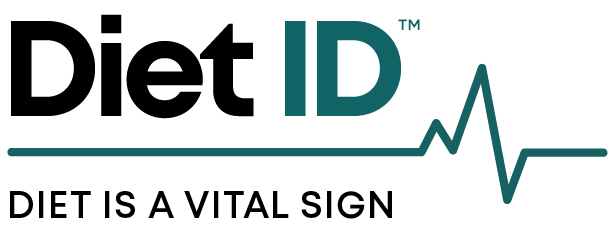Click here for Dr. Katz’s complete, original article.
Vital signs, measurements of essential body functions to indicate health and physical condition, include body temperature, blood pressure, heart rate, and respiratory rate. While it’s true that these measures are vital to health, they are bounded by something else that is only implied: time. They are not just time-honored, they are time limited. In other words, this short list was assembled because they indicate threats (or safeguards) to health over a span of seconds, minutes, hours, and days. These are the vital signs that are vital to health in the emergency room.
But such vital interest in health frequently runs to other time horizons. If vital signs indicate how health is now/soon, then both “health” and “soon” warrant operational definitions. If the conventional “vital signs” are fine, but fatty plaques are accumulating in the coronary arteries, “health” is not truly intact. Indeed, this process increases likelihood of heart attack in a timeframe that would constitute “soon,” indeed all too soon.
So while the conventional vital signs are vital, their assembly is arguably narrow and primitive. It overlooks major threats to health and overt disruptions to “essential body functions,” from corrosion of the coronaries to grave hormonal imbalances, from aberrant immune system responses to decimation of the microbiome. The list represents a Paleolithic perception of time.
Our perception of survival and time is rooted in evolution. Each of us has, at some point, felt that animating, irritating tingle as our adrenal glands reacted to some startle or threat, real or imagined. The instant physiologic response we experienced was bounded only by the speed of glandular release and neuronal reaction. Within mere seconds, we were already in the dwindling aftermath.
When flight or fight were the literal options, the vital was immediate and fleeting. We remain hard-wired to think this way.
But we can no longer limit vital sign significance to primitive survival. In modern times, thinking of health bounded by seconds, minutes and days is yesterday’s antiquated reality. Health is now something we perceive across a span of years and decades. This is the essential truth not only of the fields of Preventive Medicine and Lifestyle Medicine, but of life outside of medicine, where most of us consider it vitally important to live to see our children and ideally our grandchildren grow up, with sufficient vitality to enjoy it.
Accordingly: diet is a vital sign. Diet is the vital fuel that runs every “essential function” of the human body. Diet is the construction material for the growing bodies of those children and grandchildren we yearn to see grow up. The objectively measured quality of diet is robustly correlated with all-cause mortality and total chronic disease risk, and thus- is a key indicator of “health and physical condition” by any sensible interpretation. Diet is the single most potent predictor of longevity and vitality, morbidity and mortality in the modern world.
We manage what we measure, and must measure what matters. Diet has not taken its rightful place on that list despite its established importance - for want of a 21st century measurement tool. Such a tool now exists; I know, because I invented it.
Diet is a vital sign- and like all the others, warrants measurement as a standard of practice, and routine management. With new tools, we have new opportunities to do just that.



